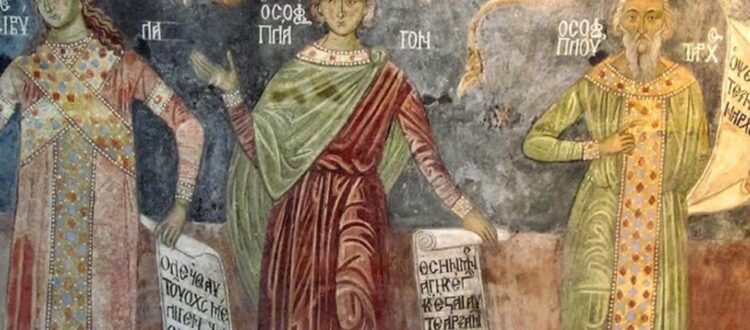Lectures by Haig Utidjian (EMS) in Australia (October) and Italy (November)
Haig Utidjian, researcher at the Early Music Studies Group, was invited to give a lecture in Australia/Online. The theme of last Wednesday’s session, October 29, was “Armenian Scriptors, Cantors and Notators Through the Ages”, focusing on the auspices of the Diocese of the Armenian Church of Australia and New Zealand.
The researcher will give another lecture, this time at the Gianni Milner Library of the Ugo and Olga Levi Foundation in Venice on November 14. The lecture will be in English and the event is open to the public – a conference of eight invited speakers, entitled “Medieval Chant, its Theories and the Ancient Classical Musical World: Points of Intersection?”. Utidjian’s lecture is entitled “Observations on an Armenian source on the origins of the church modes”. More information here.
Short abstract: “The Armenian music theorist Grigor Gapasak‘alean (1740-1808) was born in Caesaria, but was based in Constantinople for much of his later career, where he published four volumes. His writings demonstrate an acute awareness of neighbouring musical traditions and terminology, and arguably his main innovation lies in his attempt to achieve a conspectus of Armenian, Greek and Ottoman-Turkish terminology, seeking to exploit parallels and analogies between the three traditions. Gapasak‘alean’s book, Grk‘oyk or koč‘i Nuagaran [Booklet Called Manual of Music] (Constantinople, 1794) may in some ways be considered a culmination of Armenian theoretical writings of earlier centuries. In this paper I shall concentrate on Gapasak‘alean’s narrative therein on the origins of the church modes. It is instructive to compare Gapasak‘alean’s treatment with that of St. Gregory of Tat‘ew, found in his encyclopaedic Girk‘ harc‘manc‘ [Book of Questions] (anno 1397, editio princeps Constantinople, 1729), on which Gapasak‘alean seems to have drawn for his own, somewhat abridged version. The Saint is more lucid and comprehensive, and many of the protagonists associated with each of the modes are individually named – with an intriguing preponderance of Greek-sounding names. The latter treatment may, in turn, be related to even more detailed recensions of Armenian texts ostensibly by St. Basil the Great.”

